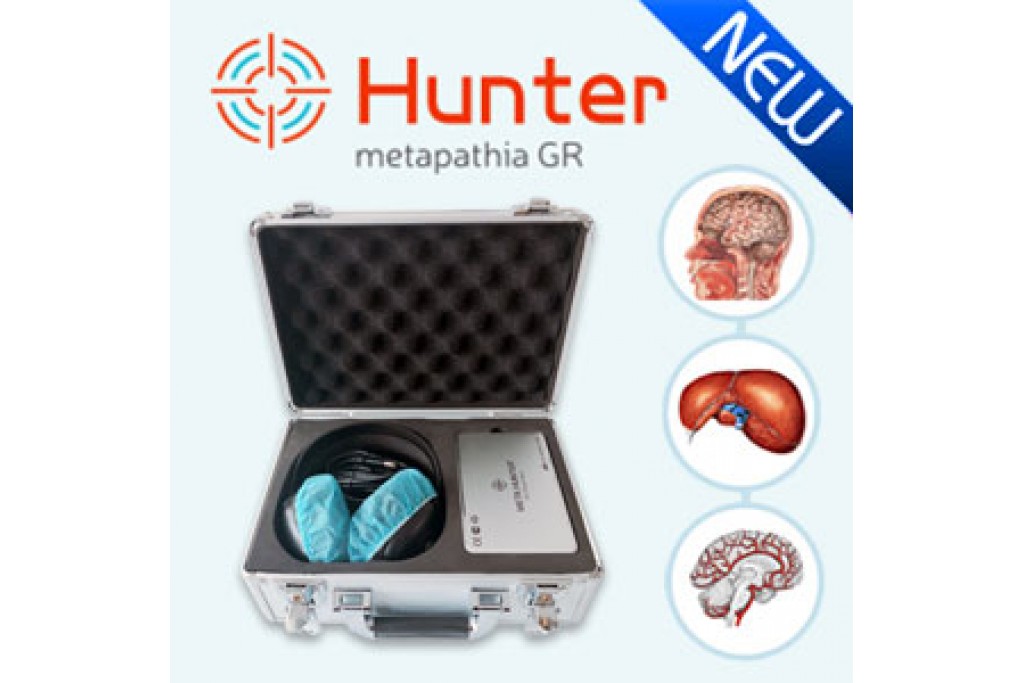NLS testing with Meta Hunter is important for HCC and liver disease
- Wendy
- May 05, 2023
- 1881
- 0
- 0
Hepatocellular carcinoma (HCC) is the most widespread of the primary malignant liver tumors. In 50% of cases it is single, in 15% – 20% – multiple – in 30% – 35% – diffuse. The tumor may or may not be encapsulated; it varies in size from 6 to 20 cm.
The Meta Hunter data are very specific - it is a heterochromatic, more commonly hyperchromatic (5-6 on the Fleindler scale) tumor, poorly defined and sometimes surrounded by a light ring. This is the result of changes in the structure of blood vessels, dilation of large blood vessels and the presence of blood clots in them. Problems in diagnosis may arise when performing spectral entropy analysis of explosive processes, because tumors grow densely without foci of necrosis and tissue disintegration due to the physics of quantum entropy interactions, as with any catabolic process, NLS research methods are difficult diagnosis.
Diagnosis of liver metastases is also important. Analysis of detected metastatic disease lesions according to highly informative methods (MRI and CT) demonstrated that sometimes NLS studies performed after tomography did not detect all, even well-known localized lesions. The presence of different structural lesions is typical of liver metastases. CT and MRI contrast enhancement significantly expands the potential for detection of liver metastatic lesions. Cystic necrotic tumors in the liver can be diagnosed more successfully with the NLS approach. Diffuse infiltrating metastases are often poorly diagnosed by NLS; they may mimic diffuse liver disease. In some cases, a liver biopsy must be used to confirm the diagnosis.
Patients with signs of liver metastases require CT or MRI.
In conclusion, we would like to emphasize that within the NLS approach, new and more informative methods are being developed. Various applications such as continuous helical scanning, spectral entropy analysis, and 3D visualization have improved the diagnosis of malignant and benign tumors, and the diagnostic accuracy is close to 81%. The cost of NLS studies is substantially lower than that of CT and MRI. Recently, the diagnostic role of ultramicroscopic evaluation of chromosomal aberrations detected by ultrahigh-frequency generators (40 GHz), especially in cases of metastatic disease, has become increasingly important. Therefore, the diagnostic process is individual for each case and must be based on a large pool of common data from all the studies that have been performed. In the first stages of diagnosis, NLS examinations are best performed with Meta Hunter (especially dynamic) and are recommended for further selection based on highly informative, valuable and expensive methods obtained from previous examination data.

